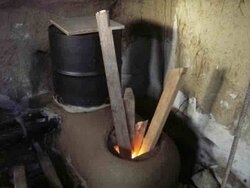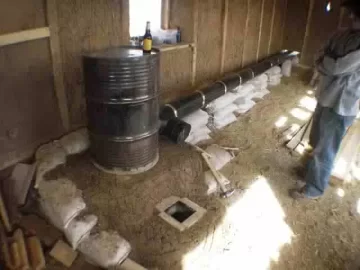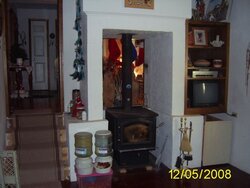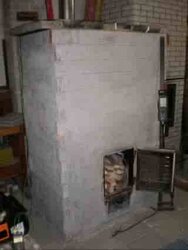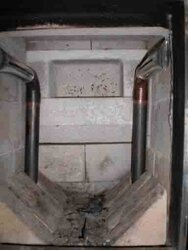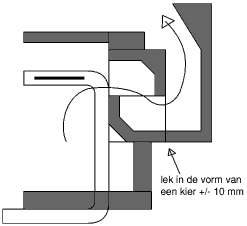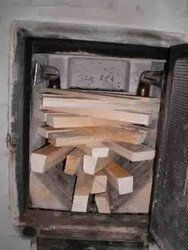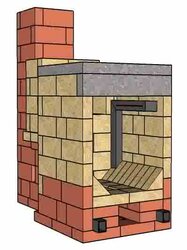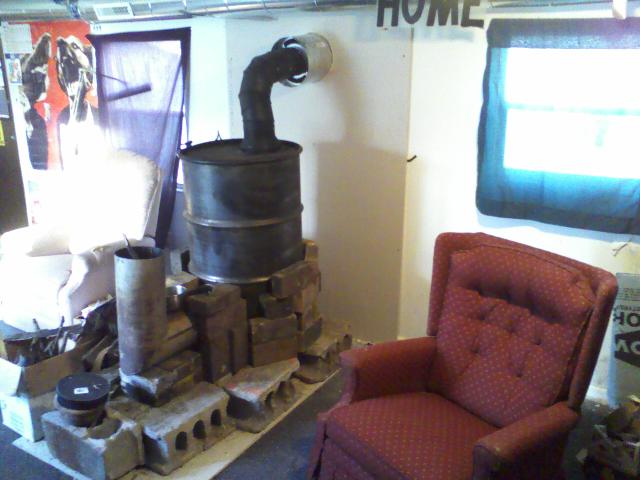More info ..........
http:// donkey32.proboards.com /index.cgi?board=experiment&action=display&thread=113&page=2
http:// donkey32.proboards.com/index.cgi?board=experiment
First rocket/bell PD drawing is ready.
This one do contain all the results of development so far.
I've decided to release in stages: the heart of the thing first, next with the first bell around it, etc.
Of course the picture above isn't the drawing, that's just a jpeg image. The real 3D-picture is here:
http://www.pberg.demon.nl/pictures/PD/RB-PD1.skp
The format is Google's SketchUp, version 7, this is a free 3D drawing program.
In order to view and manipulate the drawing, download the program here:
http://sketchup.google.com/download/gsu.html
Tonight, I've found out that some links do point to the wrong location. The download will be version 6 in a number of occasions, so I've uploaded the executable of version 7.1 to my own website, just for now.
http://www.pberg.demon.nl/pictures/PD/GoogleSketchUpWEN.exe
The drawing itself is organized in layers, every row of bricks forms one, more or less. It's perfectly possible to take it apart with the SketchUp tool "Move/copy". Select the tool, select a brick and move the layer away. In order to view all around it, press the scrollwheel or middle button and move the mouse.
Once you're familiar with it, it's a great toy.
About the stove: this one is more or less complete to build a bell around it. The firebox is there, and so is the syphon and the first upstream channel. Just in case anyone would like to build the thing with a single bell, please do omit the upstream channel. The bricks represent one with the dimensions 8"x4"x2". SketchUp do have a tool to check dimensions.
« Last Edit: Dec 26, 2009, 2:21pm by peterberg »
================================================================================
Re: rocket/bell project
« Reply #29 Yesterday at 5:33am »
--------------------------------------------------------------------------------
During this week the updates will following close behind each other... This update can be found here:
http://www.pberg.demon.nl/pictures/PD/RB-PD1a.skp
The lowest region has been changed: the horizontal side-airducts are repositioned 4" higher up. Consequently, they will be closer to the fire and warm up quick.
The floor of the firebox do consist of replaceable firebricks. To this end, they are not glued together in any way.
So, it's possible to replace the airducts without dismantling the stove in its entirety.


